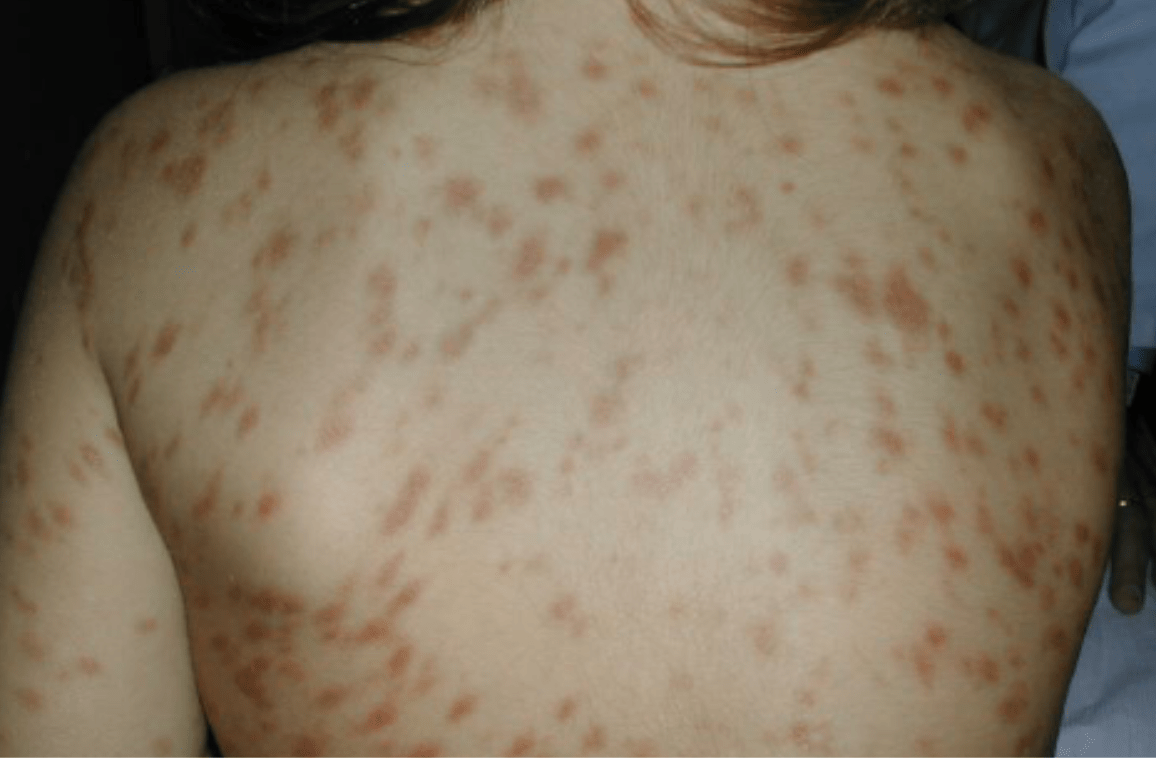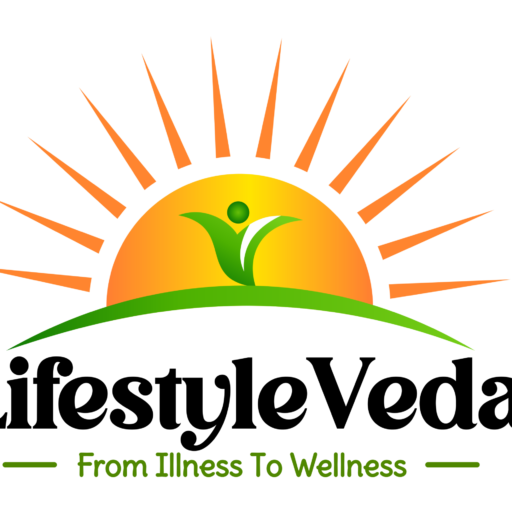
Urticaria Pigmentosa (Cutaneous Mastocytosis): Causes, Symptoms, and Treatment
Urticaria Pigmentosa (UP) is a rare skin disorder caused by an abnormal buildup of mast cells in the skin, leading to brownish-red lesions that can become itchy or swollen when irritated. It is a form of cutaneous mastocytosis and is more common in infants and young children, though it can also affect adults.
Causes of Urticaria Pigmentosa
🔹 Excess mast cells – Mast cells release histamine, which causes inflammation and skin symptoms.
🔹 Genetic mutations (KIT gene) – Found in some cases, but not always hereditary.
🔹 Triggers that worsen symptoms:
- Heat, rubbing, scratching
- Stress or emotional upset
- Alcohol, spicy foods, or certain medications (NSAIDs, opioids)
- Insect stings or allergic reactions
Symptoms of Urticaria Pigmentosa
Brown or reddish patches on the skin (most common on the trunk, arms, or legs).
Skin lesions swell, turn red, or itch when scratched (Darier’s sign).
Flushing or warmth episodes due to histamine release.
Blisters (in infants) – More common in babies than adults.
In rare cases, systemic symptoms (if mast cells affect internal organs):
- Low blood pressure, dizziness, or anaphylaxis
- Diarrhea, nausea, or abdominal pain
Diagnosis of Urticaria Pigmentosa
Skin biopsy – Confirms excess mast cells in the skin.
Blood tests (Tryptase levels) – Checks mast cell activity.
Genetic testing (KIT mutation analysis) – In some cases.
Treatment for Urticaria Pigmentosa
🔹 There is no complete cure, but symptoms can be managed.
1. Medications
Antihistamines – Loratadine, Cetirizine, or Diphenhydramine to reduce itching & flushing.
Mast cell stabilizers – Cromolyn sodium (reduces mast cell activation).
Corticosteroids (Topical or Oral) – For severe skin reactions.
Epinephrine (EpiPen) – If there’s a risk of anaphylaxis.
2. Lifestyle & Home Remedies
Cool compresses – Helps reduce itching & swelling.
Wear loose, cotton clothing – Avoids irritation.
Avoid known triggers – Heat, alcohol, stress, and certain medications.
Healthy diet – Low-histamine foods may help prevent flare-ups.
When to See a Doctor?
🔹 If lesions change or spread significantly.
🔹 If flushing, dizziness, or breathing problems occur (possible anaphylaxis).
🔹 If symptoms interfere with daily life or worsen over time.

